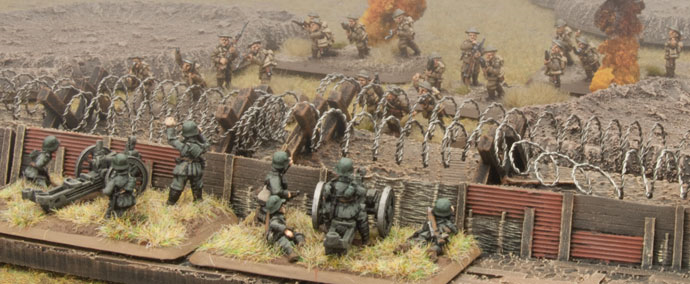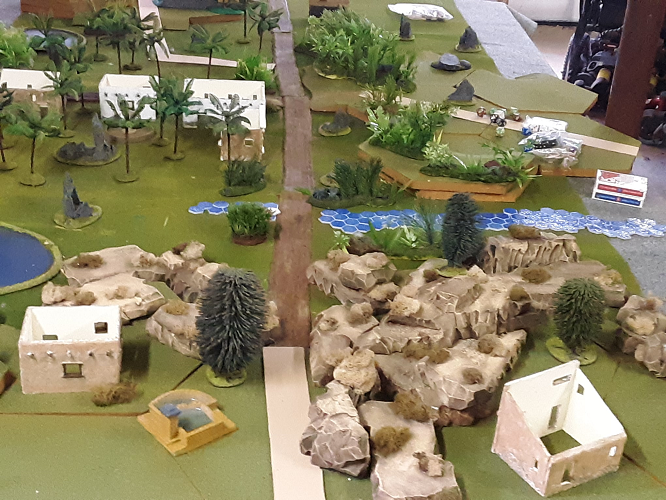World War I wargaming focuses on recreating the battles and campaigns of the First World War, which lasted from 1914 to 1918. This era was marked by significant technological advancements, trench warfare, and the global involvement of major powers. World War I wargaming allows players to experience the challenges faced by commanders and soldiers during this unprecedented conflict. Here are some key aspects of World War I war gaming:
Historical Period: World War I wargaming covers the entire span of the war, including major battles such as the Battle of the Somme, the Battle of Verdun, and the Battle of Passchendaele. It explores the military strategies, tactics, and conditions of the war fought between the Allied Powers (such as France, Britain, and Russia) and the Central Powers (including Germany, Austria-Hungary, and the Ottoman Empire).
Trench Warfare: Trench warfare is a defining characteristic of World War I, and wargaming in this period often reflects the challenges of fighting in entrenched positions. Players must consider the realities of static front lines, barbed wire, artillery bombardments, and the difficulties of advancing across no-man’s-land.
Infantry and Artillery: World War I wargaming emphasizes the role of infantry and artillery. Players command units of soldiers armed with bolt-action rifles, machine guns, and grenades. Artillery, including heavy guns and mortars, played a crucial role in the war and must be effectively employed to support infantry advances or defend positions.
New Technologies: World War I introduced several new technologies and weapons to the battlefield. This includes armored vehicles such as tanks, aircraft for reconnaissance and bombing, and chemical weapons like gas attacks. Wargaming rules reflect the impact of these technologies, their limitations, and countermeasures.
Trench Raiding and Tunneling: World War I wargaming may incorporate rules for trench raiding and tunneling operations. Players can simulate the daring nighttime raids, mining beneath enemy lines, and surprise attacks that took place in the cramped and dangerous trenches.
Command and Control: World War I wargaming often includes rules for command and control, simulating the challenges faced by historical commanders. Players must manage their forces, issue orders, and deal with communication limitations and the difficulties of coordinating large-scale offensives.
Terrain and Battlefield Conditions: World War I battles occurred in various terrain, including open fields, forests, and muddy, crater-filled landscapes. Wargaming rules incorporate the impact of terrain on movement, cover, and line of sight. Players must navigate the challenges posed by the specific battlefield conditions.
Historical Scenarios and Campaigns: World War I wargaming often provides historical scenarios and campaigns that allow players to reenact specific battles or military campaigns. These scenarios may include key moments such as the Battle of the Marne, the Gallipoli Campaign, or the Spring Offensive. Historical scenarios add a narrative context and challenges based on real world events.
World War I wargaming offers an opportunity to explore the strategies, tactics, and battles of a transformative period in history. It allows players to experience the challenges faced by soldiers and commanders in the trenches, engage with the technological advancements of the era, and make strategic decisions within historical contexts. The period provides a somber and reflective setting for wargaming enthusiasts interested in the First World War.
Who Makes WWI Wargaming Miniatures? | Rules for WWI Wargaming
Back to: Modern Wargaming


